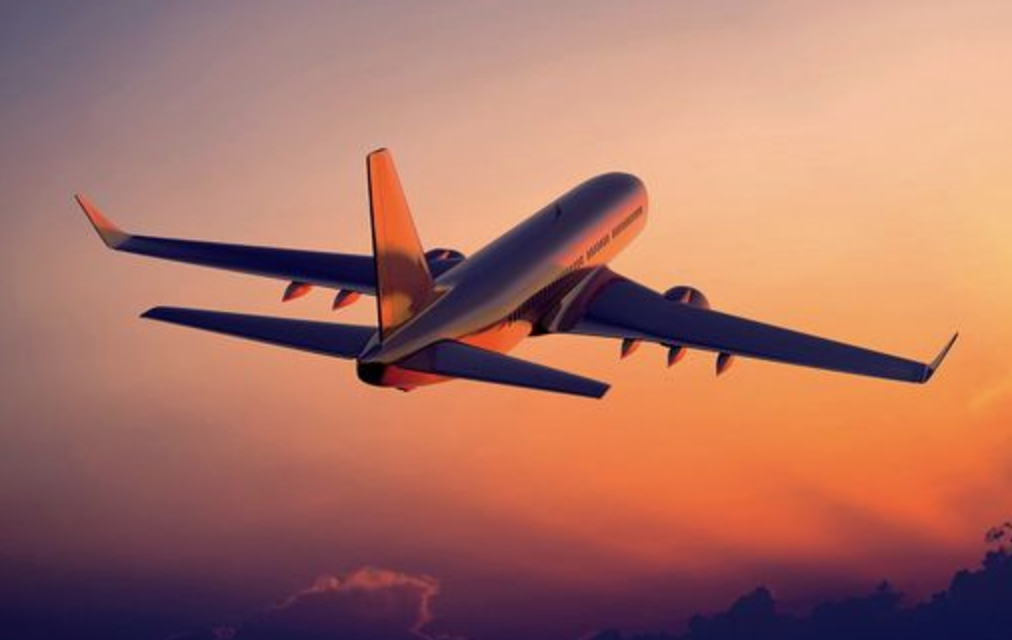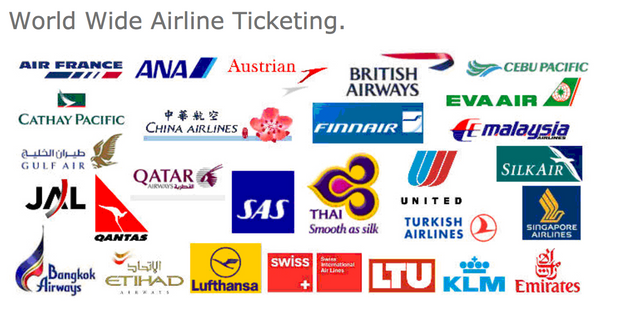
It has often been said that airfare fluctuation is akin to stock market price changes –– up $50 one day, and down $100 the next. Let us take a closer look at the reason behind the constant airfare changes. To begin, we have to understand that airfare is entirely controlled by the airline industries whose sole purpose is to maximize profit. The airline industry is not the only industry with this profit maximizing mindset, department stores and even lemonade stands are very much aware of these tactics. A sweater that you purchase for about $65 in July could cost you anywhere from $80 to $100. Moreover, a tall glass of lemonade that might cost you $2 in August may only cost you $1 in early November.
There are several major variables that directly factor into the pricing of airline tickets. These variables include route competition, route distance, seat demand, seat supply, and fuel prices. The airfare industry takes advantage of a strategy called yield management which deliberately charge different prices to different passengers to maximize total revenue for each flight. They are able to do this because they understand the traveling behavior of their customers. Their customers range from business travelers, people willing to pay high price, travelers with emergency, and more. From the perspective of the airline, setting the price at the minimum will fill seats but will definitely not maximize profits especially since the seats reserved for people willing to pay high will incur losses for them. On the other hand, setting the price at a maximum will only attract the people willing to pay high prices so the plane will fly with most seats empty. This will also incur them losses so the idea is to find a way to maximize profit for each seat while satisfying the various group of travelers.

Yet sometimes seats from the same class can have different prices. Since the idea is to maximize profit for each seat, the best way to charge different prices for similar seats is to add restrictions and deadlines. For example, to get the very low end price, a customer may have to buy ticket 14 to 21 days in advance. Perhaps, their most crucial tactic is limiting the number of seats that are available at each fare level. For instance, the number of seats available for a price of $130 may only be 30. Once that fare level is filled, there will be another limited number of seats reserved for the next price and so forth. The complications associated with calculating prices are all relegate to dynamic pricing model software. The software monitors flight and booking patterns in real-time in order to change the number of seats at each fare level. Upon analysis, the software could decrease the seats available at some of their lower fare levels if booking speed exceeds expectation. Likewise, if tickets are not selling well, the software can avail seats from high fare level to previously “sold out” levels.
If you are a consumer searching for a cheap ticket, not only do you need to know when to buy but when to fly as well. You have to manually visit various websites to get enough price data for a reasonable comparison. On top of this, you also have to be very flexible with travel dates and routes. If all this doesn’t cause stress, I don’t know what will. My only consolation to you is to stay tuned to the progress of a new app that aims to equip consumers to combat these flight volatilities.
You can follow the progress of Flite at http://www.theflite.io/
Reference
https://www.cheapair.com/blog/travel-tips/air-fares-101-why-do-fares-change-all-the-time/